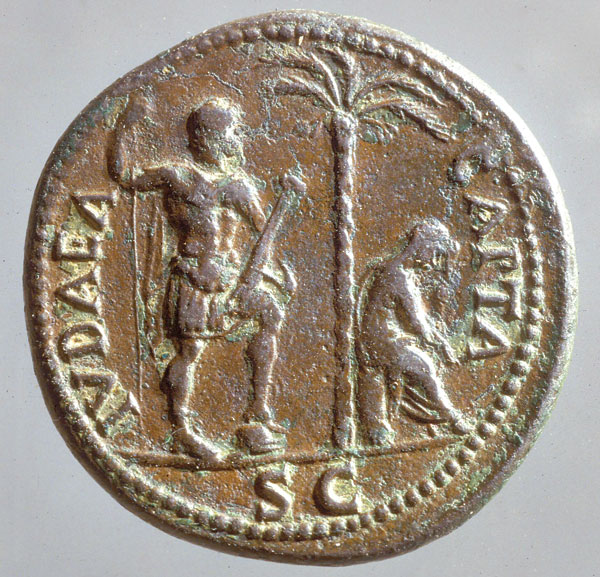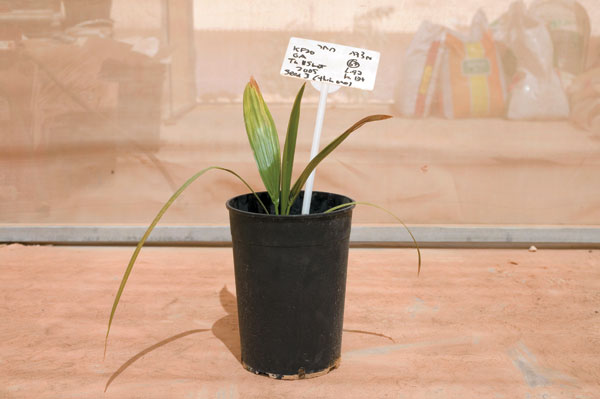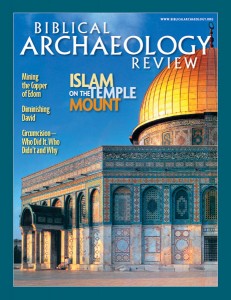When Sarah Sallon, director of the Louis L. Borick Natural Medicine Center in Jerusalem, asked Bar-Ilan University
archaeologists for some of the date palm seeds they found 30 years ago during excavations of Herod’s palace at Masada,
they thought she was crazy. Everyone, including Sallon herself, considered the likelihood of germinating a 2,000-year-old
seed to be very remote, if not impossible.

But now, against all odds, a tree grows in the desert. Having been carefully prepared and then planted on the Jewish
festival of trees (Tu B’shevat, which fell on January 25 in 2005), the seed began to sprout about five weeks
later. The seedling has been nicknamed “Methuselah,” after the Biblical character from Genesis who lived for 969
years. It is a little over 2 feet high and has five leaves (a sixth leaf was removed for DNA testing). The tree is being
cared for by botanist Elaine Solowey at the Arava Institute for Environmental Studies at Kibbitz Ketura in the Arava Desert.
It is the oldest seed ever to be successfully germinated.

At one time the Jordan River valley and the shore of the Dead Sea were covered in thick forests of date palms, the
fruit of which was written about in the Bible and the Koran. The Romans so closely identified the date palm tree with the
region that it was a prominent feature on the back of the Iudaea Capta coins minted in the first century C.E. by the
Join the BAS Library!
Already a library member? Log in here.
Institution user? Log in with your IP address.

